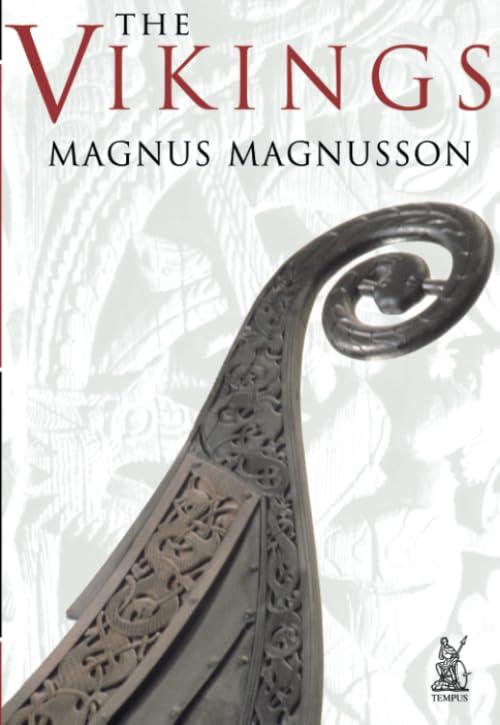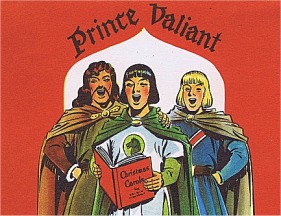A Commonplace place is an invaluable study age. Briefly put, it is a book into which notable information from other works are copied for personal use. It is not a matter of interpreting or analysis, just a listing of facts. Victoria Burke notes that entries are most often organized under systematic subject headings and differ functionally from journals or diaries, which are chronological and introspective. “They have been kept from antiquity, and were kept particularly during the Renaissance and in the nineteenth century. Such books are similar to scrapbooks filled with items of many kinds: notes, proverbs, adages, aphorisms, maxims, quotes, letters, poems, tables of weights and measures, prayers, legal formulas, and recipes.”
Commonplace books were being assembled by ancient Greece. By the seventeenth century, commonplace books were routinely found, and their uses were taught to students in many universities, and their use continued until the last century. John Locke dealt with the subject in his An Essay Concerning Human Understanding, in which he notes “IN all Sorts of Learning, and eƒpecially in the Study of Languages, the Memory is the Treaƒury or Store-houƒe, but the Judgment the Diƒpoƒer, which ranges in Order whatever it hath drawn from the Memory : But leƒt the Memory should be oppreƒed, or Overburthen’d Mr. Le Clerc’s Advice about then’d by too many Things, Order and Method art to be edited into its Alƒiƒtance. So that when we extract any Thing out of an Author which is like to be of ƒuture Uƒe, we may be able to find it without any Trouble.”

Therefore, though commonplace books have little at all to deal with our era, they can be of great service, and their use and development are greatly encourage.
SUBJECTS
It is impossible to say what your commonplace book should contain since your commonplace book is very very personal and should contain items that are of interest and importance to you. Recommended subjects include:
List of kings or nobles or heroes
- The importance and status of certain colors and stitches
- Recipes
- Prayers
- Proverbs
- Rules for games
- Quotes from books, articles, films, songs and the such
- Bibliographies
- Translations, either individual words or full aphorisms
- Timelines on any important subject
- Web pages of interest
Many other subjects should included, but care must be taken to keep the writing as simple as possible. Do not fill up entire pages when you begin, and be willing to add more on what you write.
ILLUSTRATIONS
Illustrations are useful and can include:
- Maps
- Extant artifacts
- Illustrations of important people
- Graphs
- Embroidery Patterns
- Buildings
- Armor and weapons
- Clothing
- Clothin Patterns
- Technology such as forges and looms
And anything else that might be important.
MANNER OF PRESENTATION
The text ofa commonplace book can be hand written, from a computer printout or even from a typewriter. It is suggested that such written pages can then be collated and bound. Nothing books, which useful if you cannot bind material, is difficult to write in after being bound.
It issuggested by Locke that an index telling the reader exactlywhere the subject of an entry can be found, it is important.
Good luck in your project, and add regularly to it, rebind it or start a new book to be bound. Feel no reservations about sharing it with friends!





